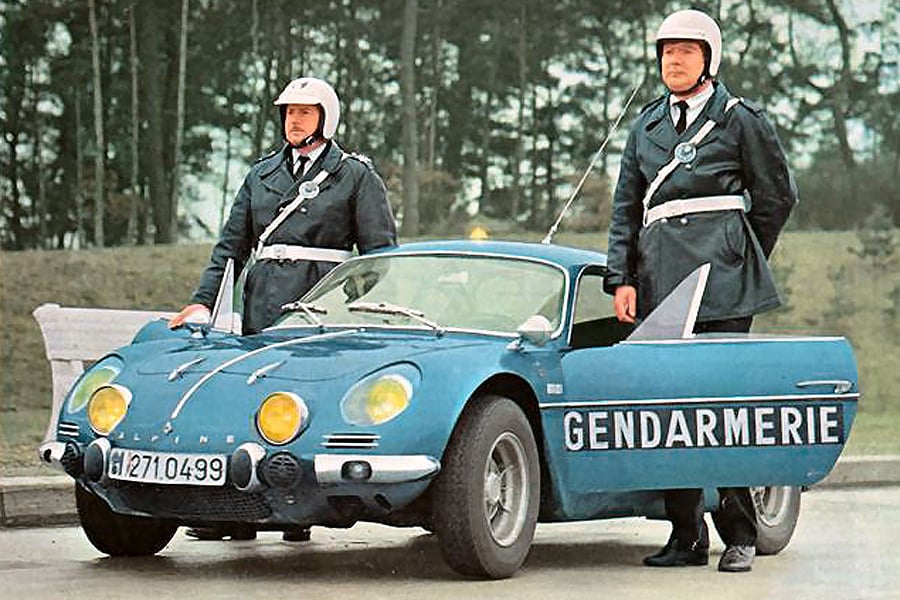The best getaway cars of all time
Jaguar S-Type: Alternative to the archetype
Jaguar S-Type: Alternative to the archetype

Peugeot 504 Cabriolet V6: Sculpted Frenchman
It wasn’t just the ability to design a pretty car which ensured the survival of Pininfarina when the automotive world underwent one of its most pivotal transitions, with the ‘golden era’ of coachbuilding in the 50s and 60s making way for the adoption of the monocoque chassis in subsequent decades. As well as embracing car production in its own right, the Cambiano-based consultancy also instigated pioneering research into new materials and construction processes.
First things first: technically, the Sergio is not a car as such – yet. Despite sitting on what’s essentially a mock-up of a Ferrari 458 chassis, the Sergio is currently a striking piece of rolling artwork, constructed largely from resin over a computer-milled buck. You might have glimpsed the Ferrari V8 engine through the rear deck, but that’s merely a cover: the Sergio does not actually run. The steering works, however, as it's needed for moving the concept around during events.
At the time, the convertible version of Crewe’s Continental two-door coupé was one of the most expensive cars in the world. In the United Kingdom it carried a price tag of £215,000 – a premium of some £40,000 over the coupé.
Pininfarina took two years to carefully design the complicated fold-back mechanism which made the fabric roof totally disappear when down. And not only that, it was also contracted to provide complete bodyshells from underpans and sub-assembly components supplied by Park Sheet Metal in Coventry. All final assembly was done at Crewe.
The old lady and the Shelby Daytona Coupé
Porsche 356 Coupé: Asleep since 1969
Porsche has attempted to capture, in one limited-edition model, some key features that have made the 911 such a mind-boggling success. The 400HP ‘anniversary’ 911 is rear-wheel drive, but it features the wide body usually reserved for the 4WD Carrera 4. It boasts a sports exhaust for the most evocative sound, and also runs on dramatic, 20-inch wheels in matte black with machine-polished centres, as “a visual tribute to the legendary ‘Fuchs’ wheels”.
Tim describes his pastime as “urban exploration or the capture of unseen, derelict places and documenting decay that many people would not have the chance to see”. Here he explains the story behind his discovery last November:
“One of the places that was definitely on my list to visit in Belgium was the ‘Lost Alfas’ – six Alfa Romeo 1960s sport cars left to rot in the bowels of an abandoned castle somewhere in Belgium.”